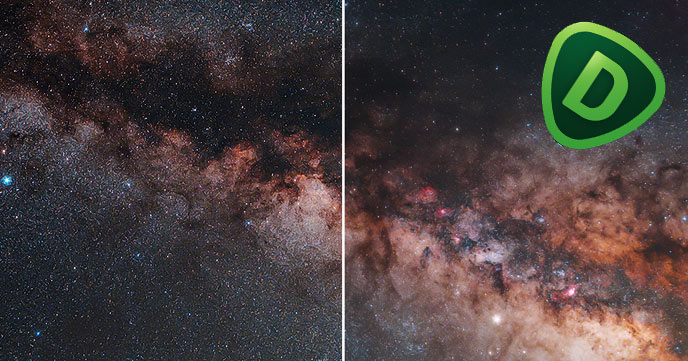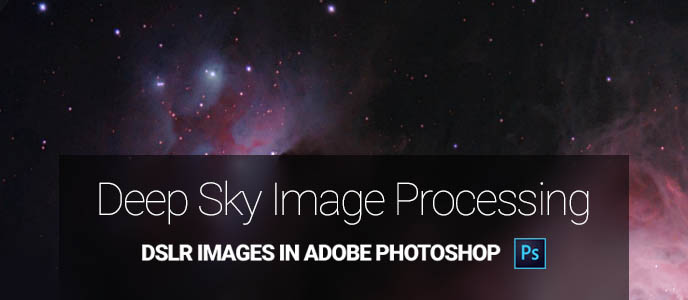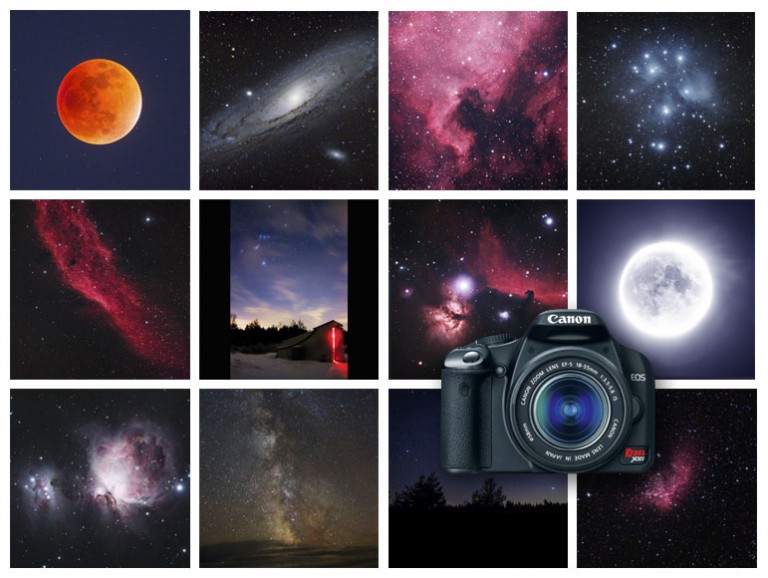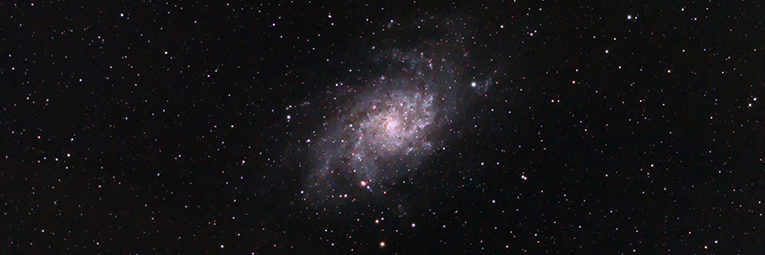Astrophotography Image Processing Tutorial
In this beginner-friendly image processing tutorial, we will use Adobe Photoshop to take an astrophotography image from its raw state to a finished master file for sharing. The post-processing stage of astrophotography is an exciting experience because it is when you finally get to enjoy the deep-sky object you have captured, up-close. This is a…









